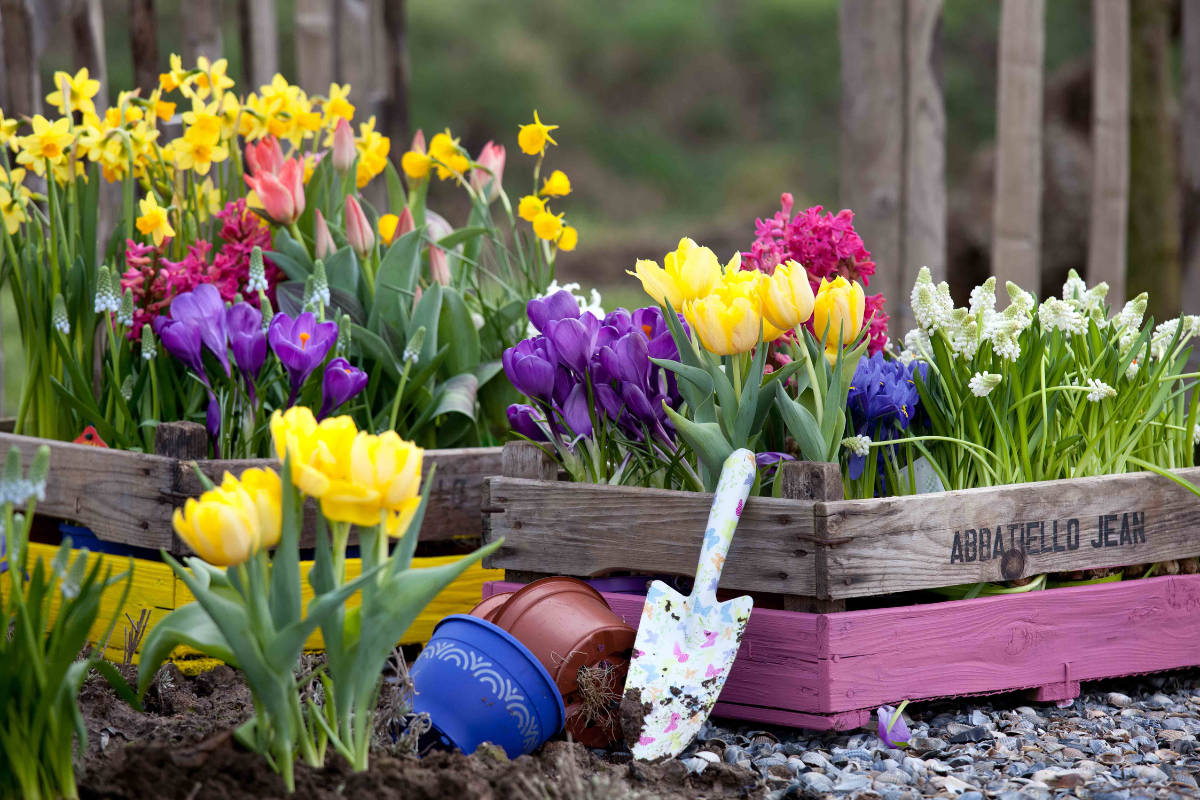
Top 15 Gardening Questions
Gardening is a lifelong journey of learning. We are not born knowing how to plant and sow. It is from family, teachers, and friends that we learn how to grow, cultivate, and enjoy the rewards of the garden. In all of life’s adventures, they start with an action, whether it is asking a question, making a plan, or just walking around your space and imagining what you would like it to be. When it comes to gardening it takes a community of sources: to be inspired to ask questions, encourage you to pick up your shovel, and give you the confidence to make your garden dream a reality. We would like to thank you for inviting Florissa and our bulbs and plants to be a part of that journey. Remember along the way, there will be successes and opportunities for more learning. So be kind to yourself when things do not turn out as planned the first time. A garden is always a work in progress.
In our decades of growing and inspiring others, we at Florissa have some questions that come up more frequently than others. So, we have compiled a list of our most popular questions. Read on and enjoy!
Table of Contents
I am new at gardening, where do I start?
Well, you are starting in the right spot – asking for help. Our blogs contain a wealth of knowledge from A Beginner’s Garden to Soil Preparation Tips and everything in between. You can also visit your local garden center and ask questions from knowledgeable staff. If you are looking for a physical community to gather with, we encourage you to check if your town has a local garden club or horticultural society. These are great places where beginners and experts gather and learn from others in your own growing region. They will have regular meetings with speakers, garden tours, and fun events like plant swaps throughout the year. In BC, check out the BC Garden Clubs site, or in Ontario, visit Garden Ontario for garden club locations near you.
How do I know if a plant will survive in my garden?
Starting with a location that has the right amount of sun or shade, well-draining soil, and consistent watering, your plants will grow for a least a season. Keep in mind that some plants are only grown for a season like annuals and many veggies. Not sure what kind of plant you have or want to grow? Check out our articles on the different types of plants in the garden and the kinds of bulbs to plant. Looking to add easy, low-maintenance plants to your garden that will come back readily year after year? Then start with finding out about plant hardiness zones so you can select varieties of plants that will survive winter in your area.
Can I grow plants in a shady garden?
Yes, you can! There are many plants in the garden that love shady or even woodland spaces. Many perennials like Astilbe, bleeding hearts (Dicentra), and lily of the valley (Convallaria) will even give shows of brilliant blooms. Check out our blog on 101 Shade Loving Perennials for amazing varieties to add to your shade garden!
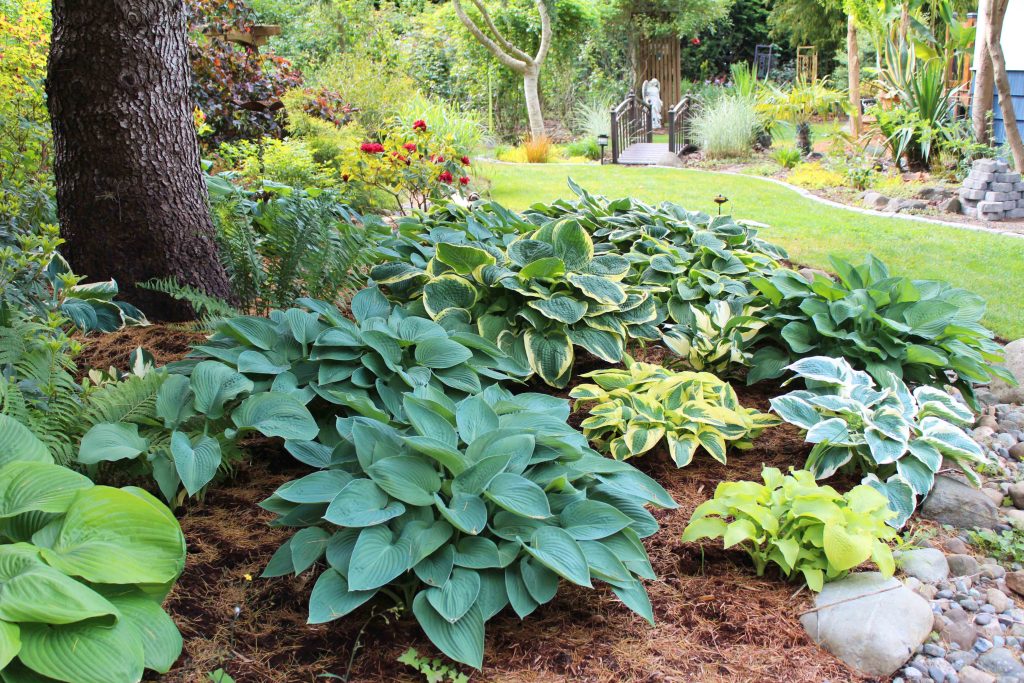

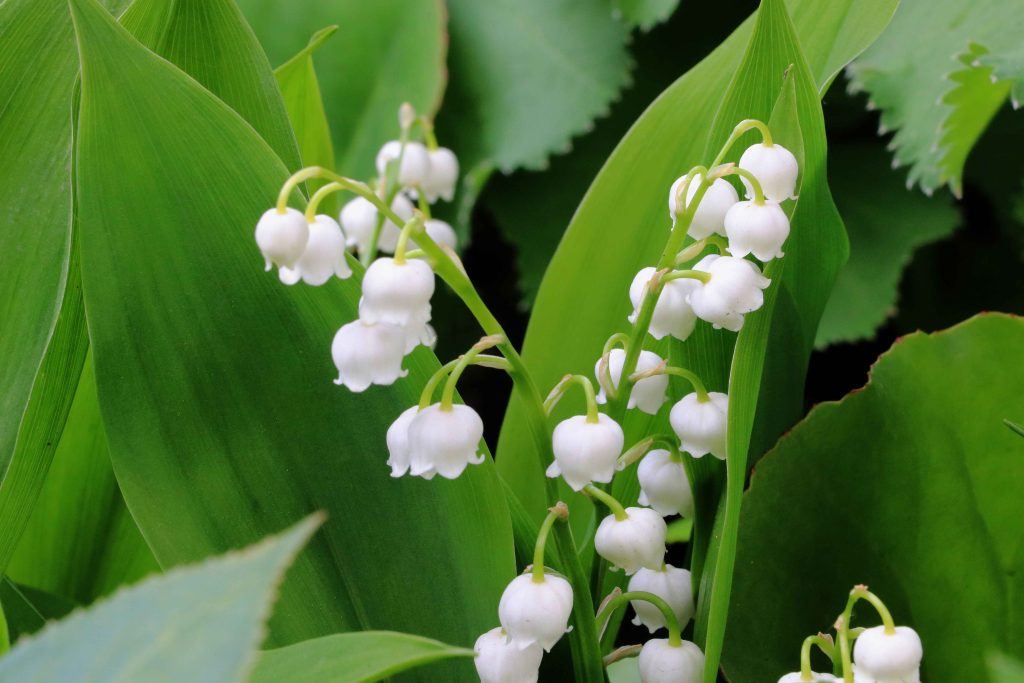
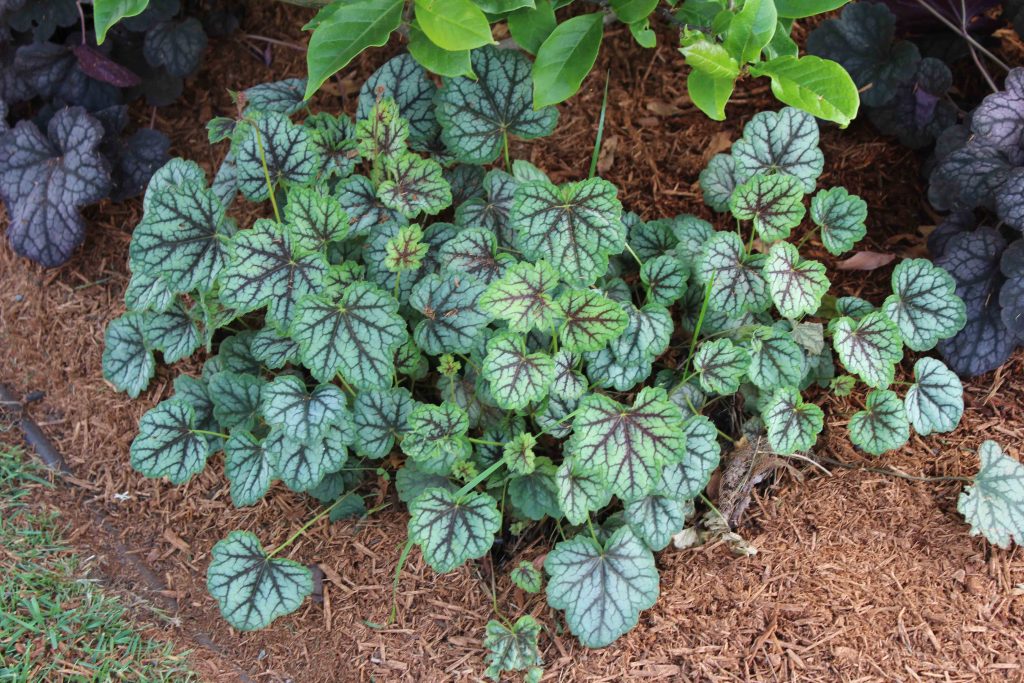
I only have a small space on a patio, or I am renting… can I still garden?
Yes, you can! You can grow most plants in containers, so they can move with you. Also, try to maximize your small space by layer planting or going vertical.
Why does soil type matter and what is the difference between mulch, compost, and manure?
oil is the cornerstone of your garden’s success. Rich well-draining soil is ideal for most garden plants. If you have thick clay soil, the roots can be challenged to get the nutrients they need. If you have sandy soil, the nutrients may wash away too quickly. Certain plants can handle a more diverse soil like daylilies (Hemerocallis) and some plants like Gardenias are more divas in the garden and they need a particular pH to perform. To learn more, read our blog dedicated to learning about soil.
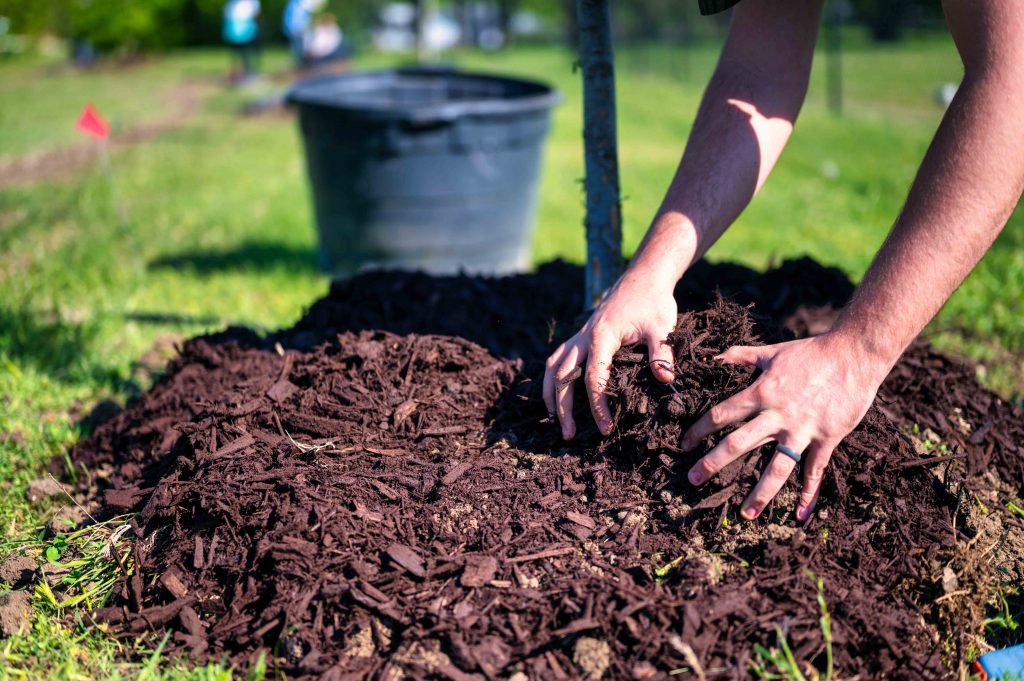

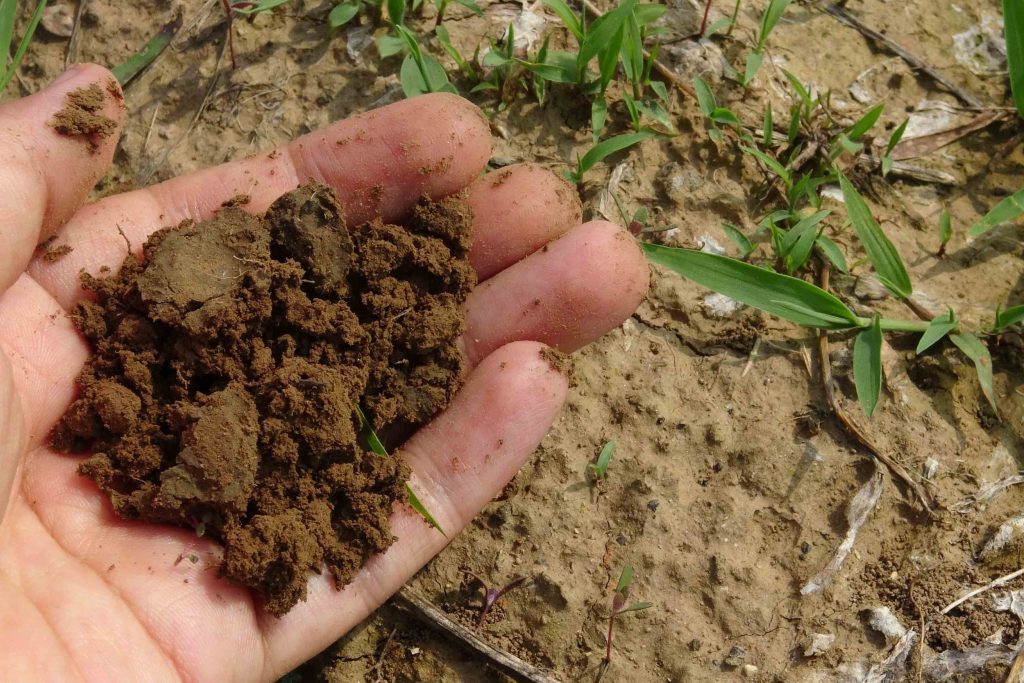
Do I have to water my plants?
Plants need to be watered regularly while they are growing and active. When you are planting new perennials, small fruit, shrubs, and bulbs the first season in your garden is the most important. You will want to keep the soil moist and not soggy to encourage new root growth as it becomes established. As the summer temperatures heat up and your plants are in full swing, you will want to keep up with watering regularly. Many regions of Canada experience extreme summer temperatures in August. Keep in mind if you are thirsty, your plants may be too. Check out our helpful blog on proper watering techniques.
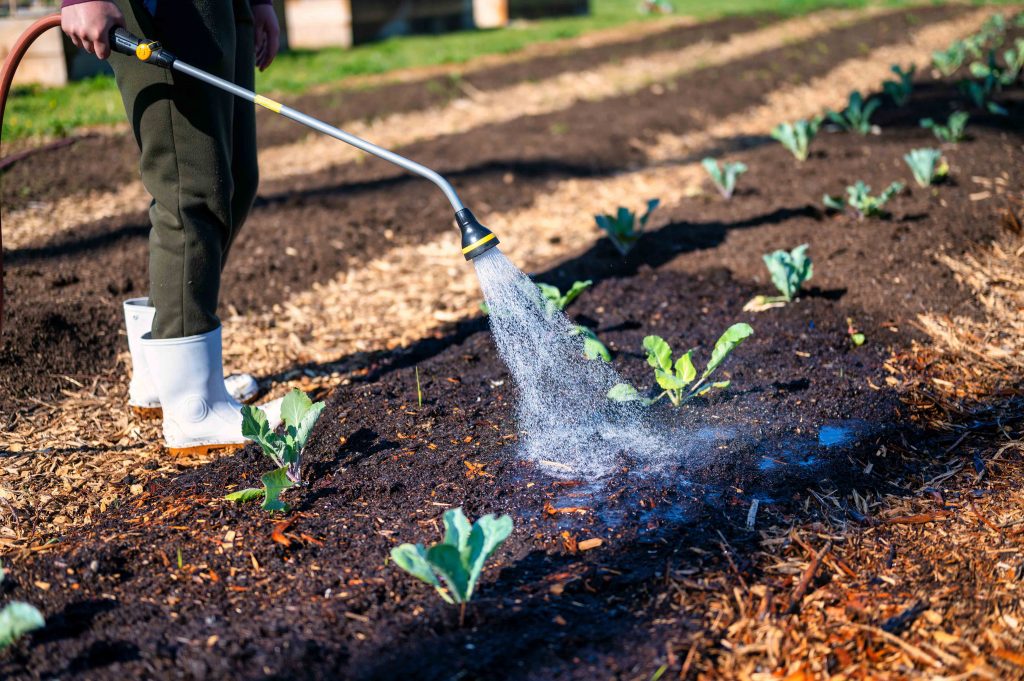

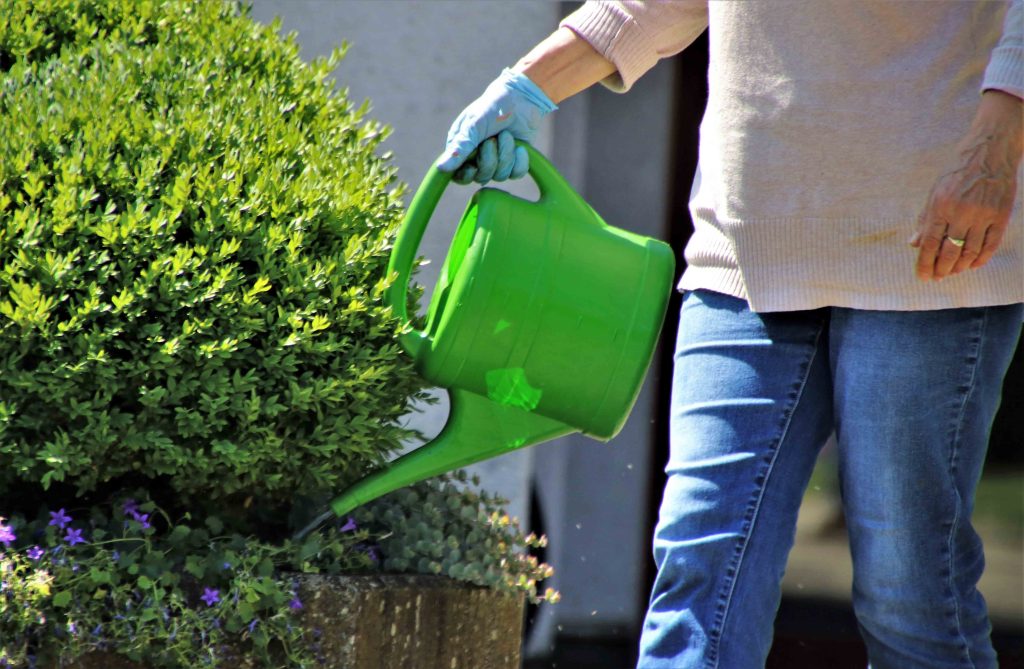
How can I protect my plants from garden pests and deer?
Garden visitors munching on your favorite plants? Invite peaceful harmony into your garden by selecting deer-resistant bulbs and perennials. There are many gorgeous varieties to plant that will not be found tasty by legged wildlife that ventures through your garden. Try planting alliums, hyacinths, and iris in the fall for spring blooms and crocosmia, astilbes and anemones in the spring for summer blooms. We have many articles dedicated to deer-resistant plants for your garden spaces. Check out our pamphlets for Deer Resistant Perennials and on Fall Planting for some excellent tips to deal with deer.
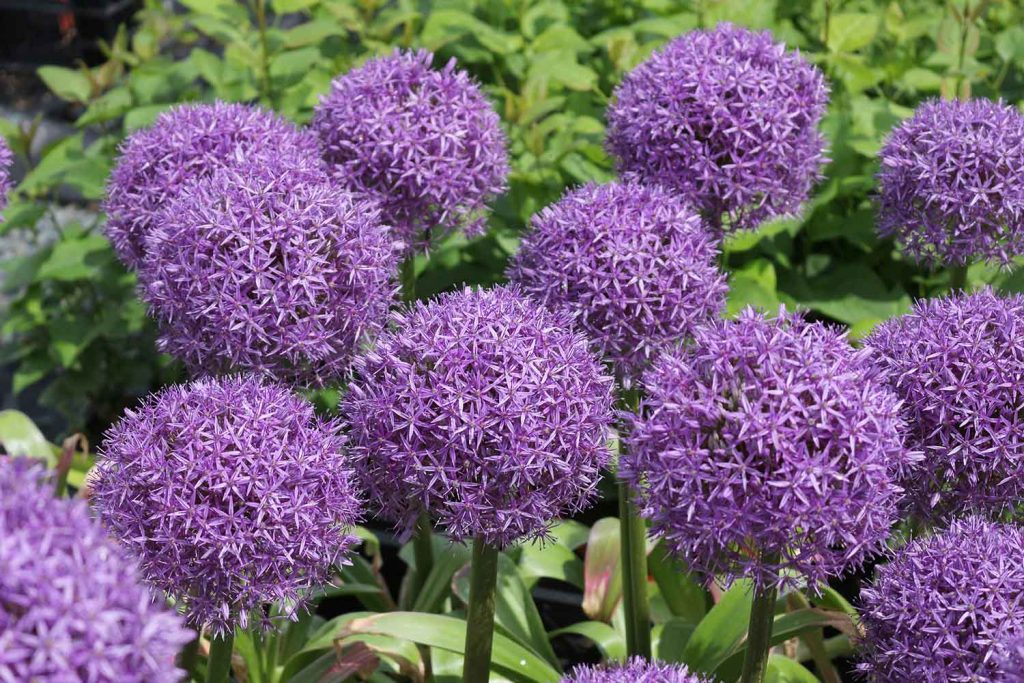
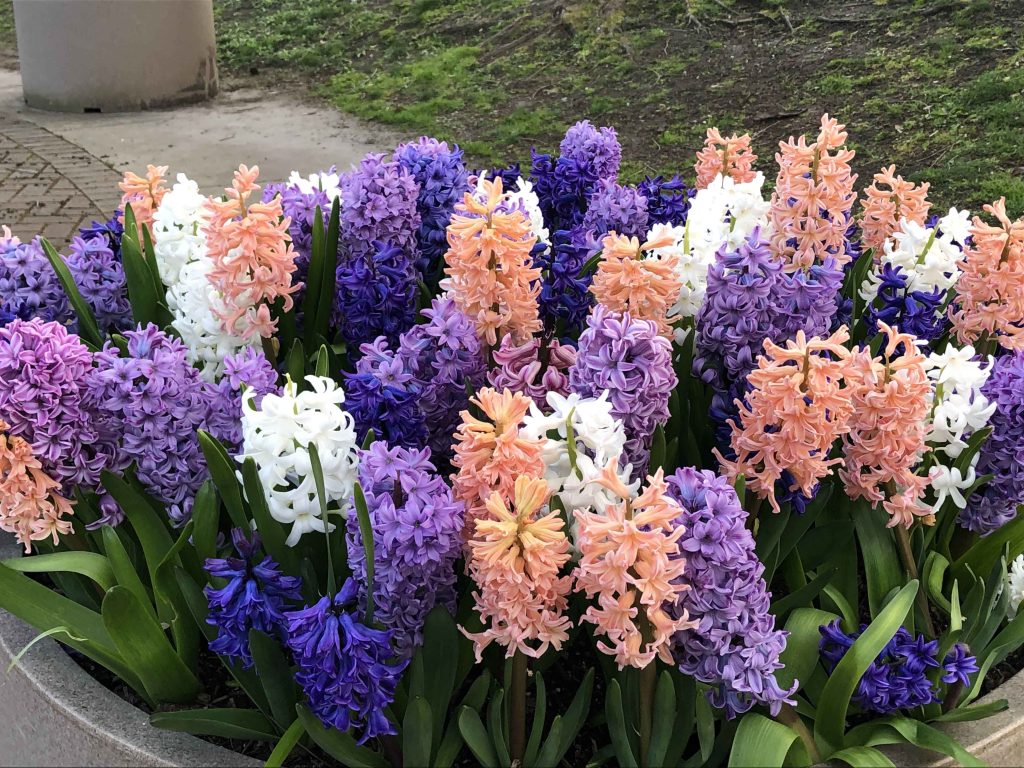
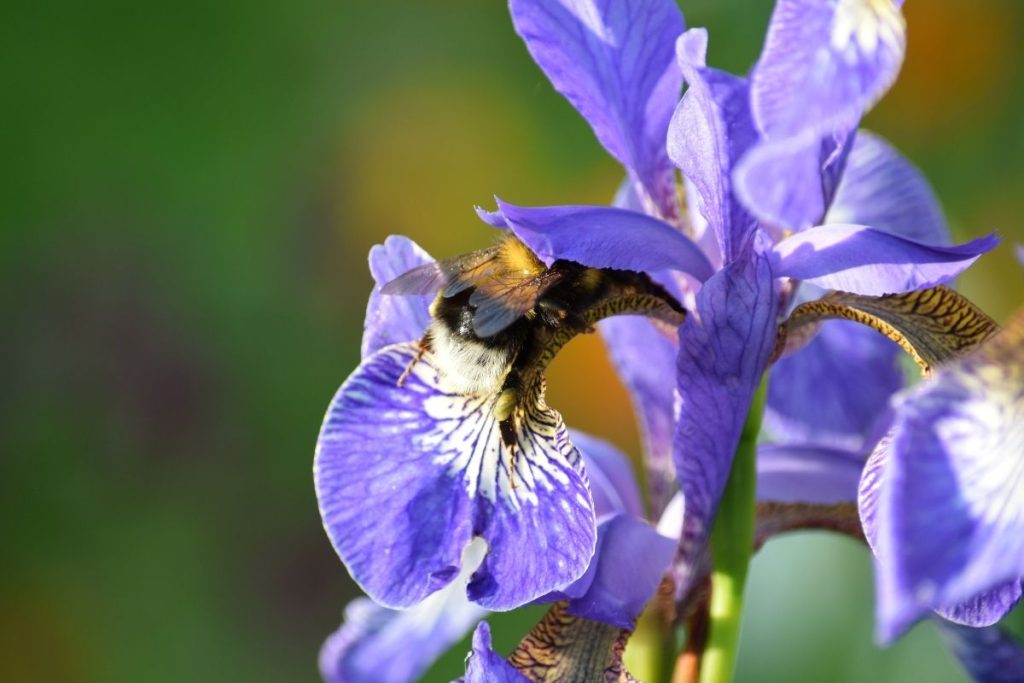
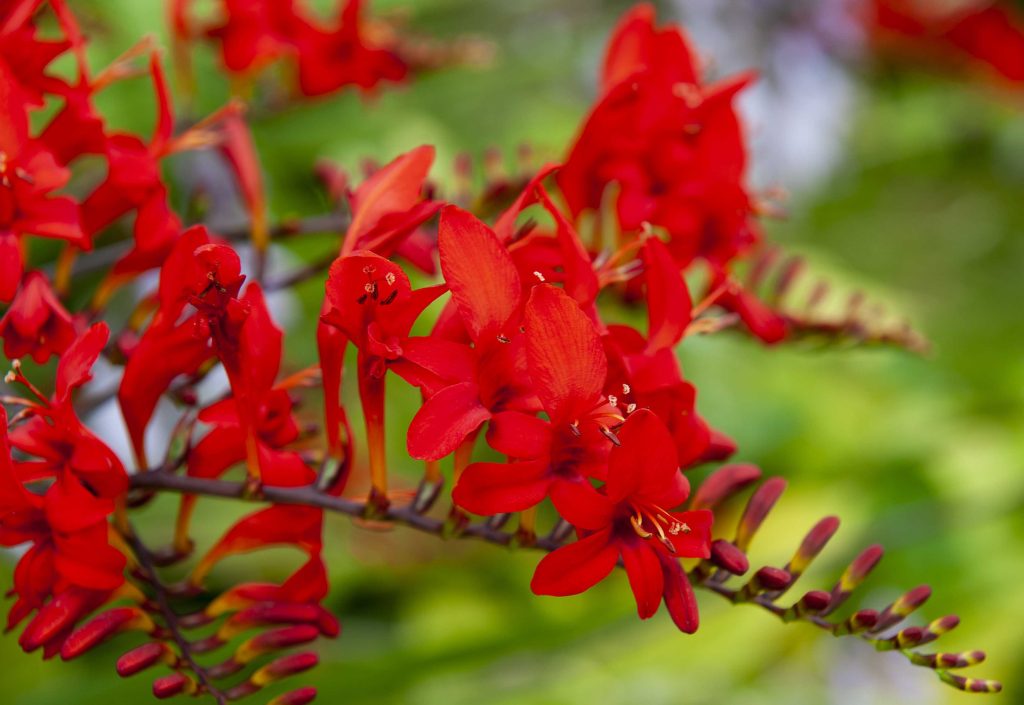
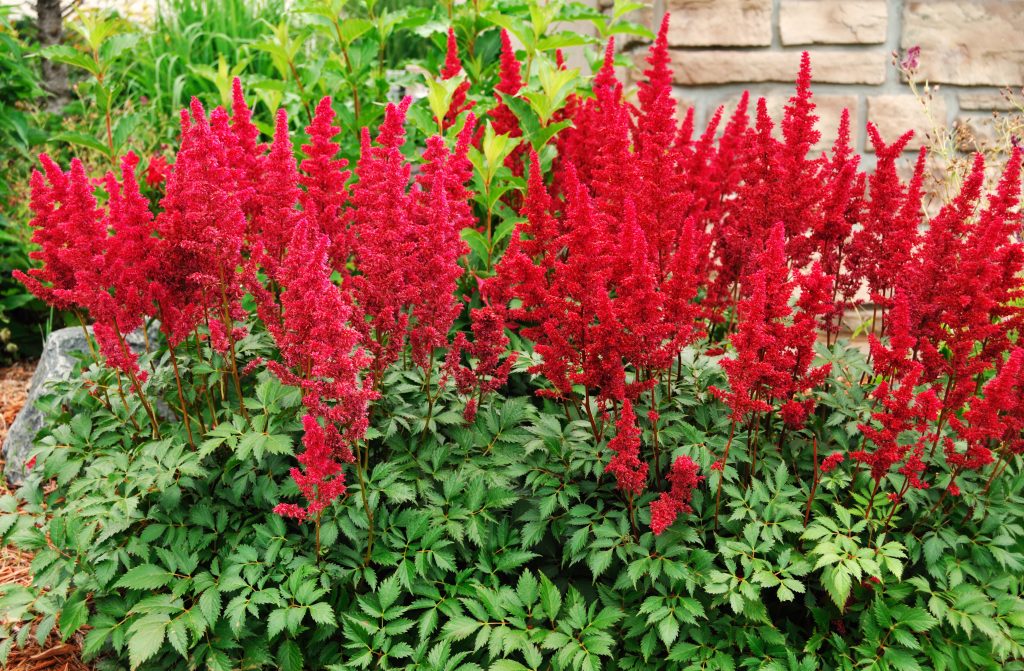
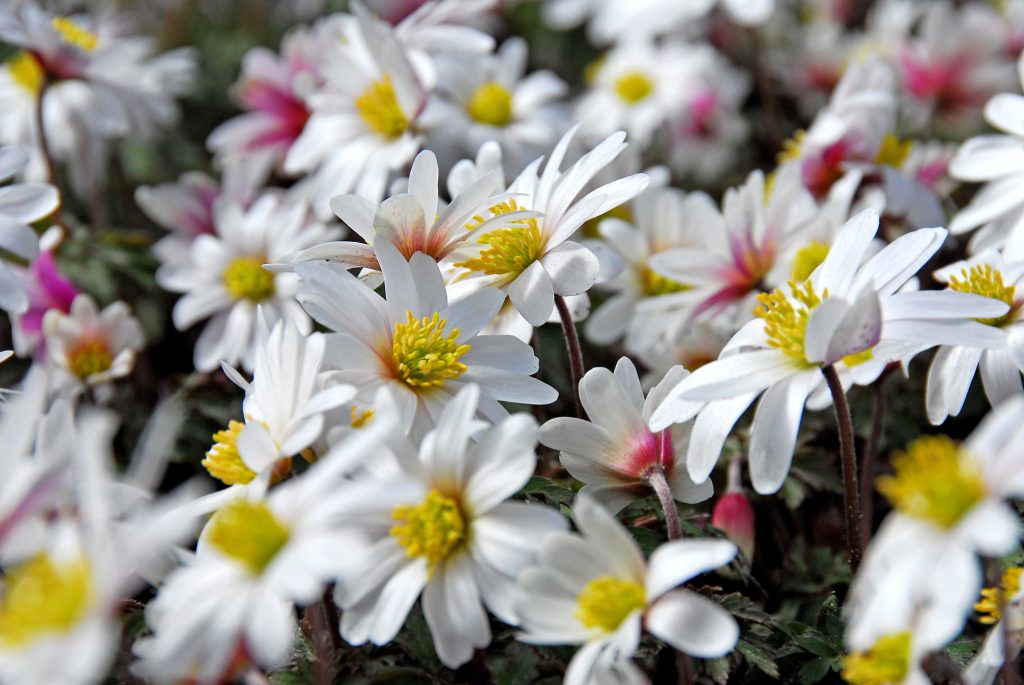
Do I have to prune my plants? When is the best time to prune?
Many perennials go dormant in the fall and all stems and leaves die back. In the fall once the foliage has turned yellow, you can prune them to the soil level. For berries, vines, and bushes that bloom only once a year, the general rule is once they have finished flowering and fruiting that is the time to prune them. Many shrubs set buds for the following year after they have finished blooming. So, if your lilac blooms in April-May and you decide to prune it in March, you will be pruning away all your flowers that you are hoping to enjoy. For roses that are repeat bloomers like hybrid teas, climbers, and David Austin shrub roses, the early spring is ideal for pruning. As the roses bloom, be sure to maintain your plant and cut the spent flower stems to below the first set of 5 leaves, and then watch as it sets new growth to give you more lovely blooms. For spring flowering bulbs, wait for the foliage to turn yellow, then you can prune them to the soil level.
How often should I fertilize my plants?
When you first plant new bulbs, perennials, or shrubs, hold off fertilizing them for a few weeks. This allows the new roots to grow and venture out into the soil. Too much fertilizer, while plants are getting established, can burn the new roots. We suggest adding in a granular slow-release fertilizer so that they have nutrients available throughout the growing season.
When it comes to annuals, bedding plants, and your favorite summer hanging basket, you can use a combination of slow-release fertilizer and a liquid fertilizer every 3 weeks through the summer to keep them thriving until autumn. If you have established shrubs such as roses, give them a boost of properly diluted liquid fertilizer after they have leafed out in the spring and then again after the first flush of blooms.
When planting flower bulbs in the fall, hold off adding bulb food until spring, after the bulbs have finished flowering. The green leaves from bulbs will continue to grow and generate nutrients that will be stored in the bulb for next year’s flowers. When blooms are finishing it is an ideal time to give them the boost they need. Hold off adding fertilizer after mid-August to perennials and shrubs. Late-season fertilizing will give plants the wrong signal and encourage them to send out more new growth, and this is the time when you want them to start planning for fall dormancy.
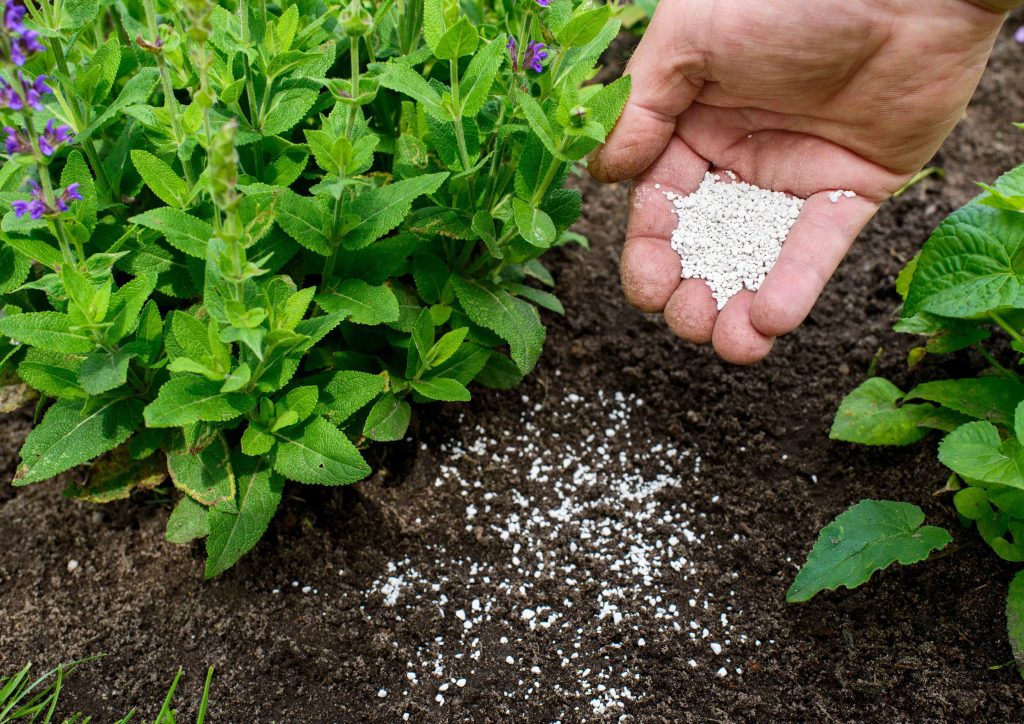
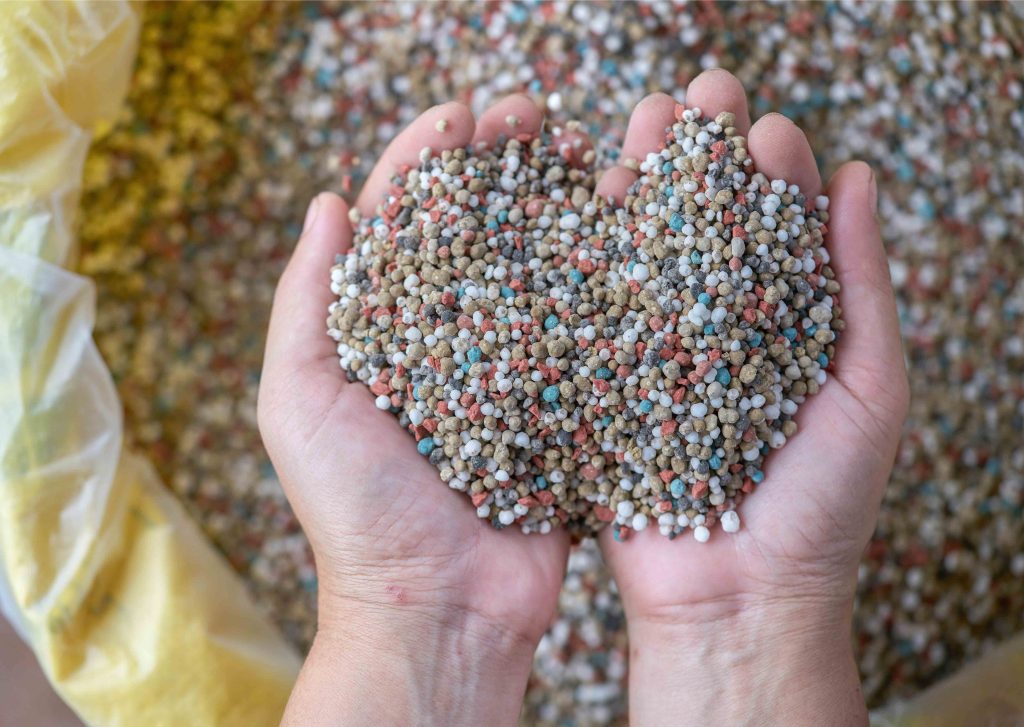
How do I get my dahlias to come back next year?
Dahlia are winter-tender plants and in the fall the tubers need to be dug up and stored in a frost-free area. In the spring get your tubers started indoors early. Once all chance of frost has passed, plant them outdoors. Check out our guide to dahlia tubers.
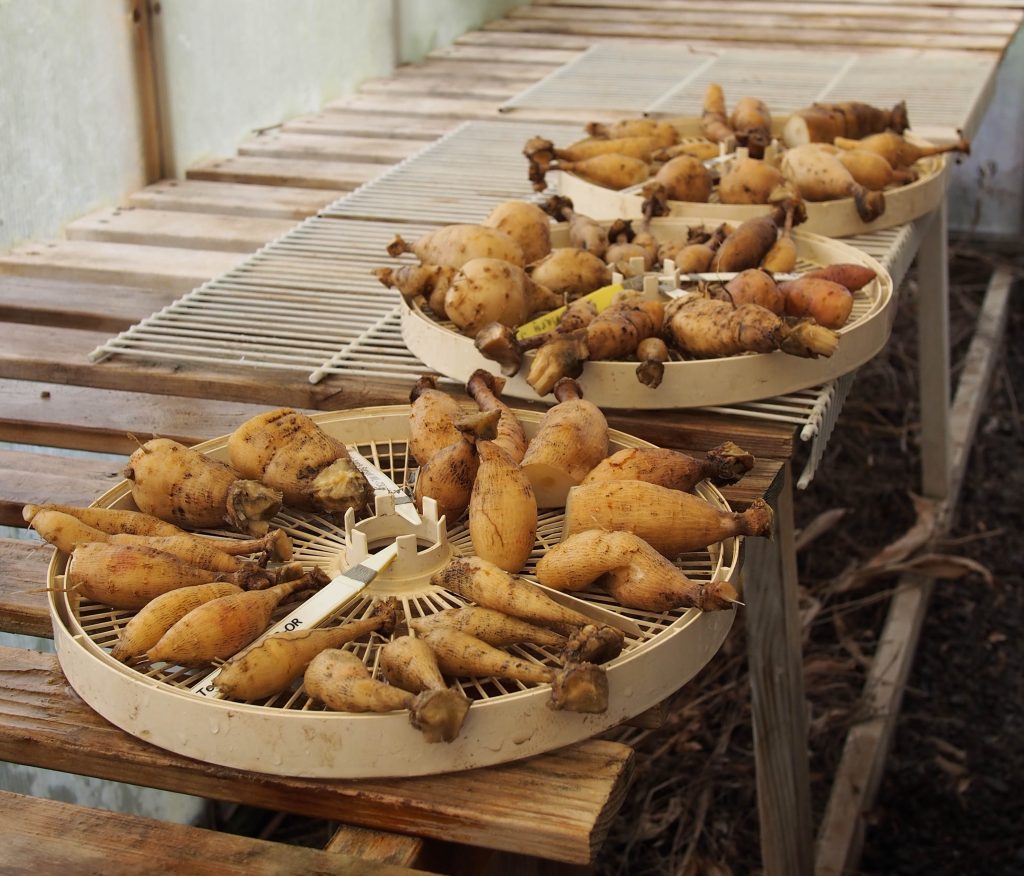
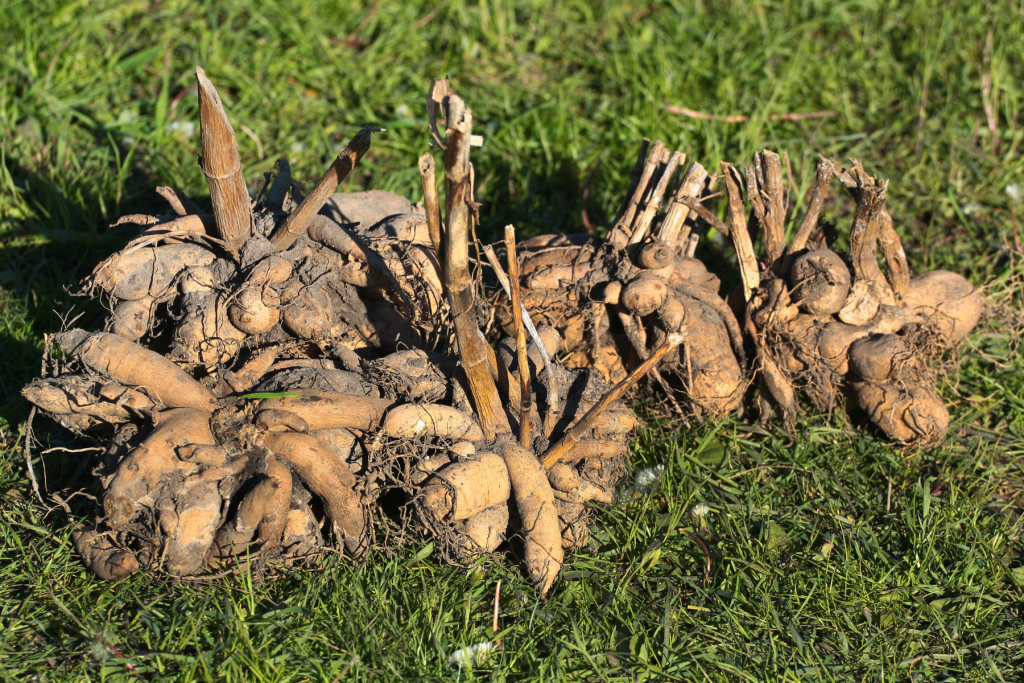
Why is my peony not flowering?
Peonies are some of the most long-loved garden perennials. Their amazingly fragrant blooms in joyful arrays of colours are a must for every garden. To have success with peonies the key is to plant them 5 cm (2”) deep in the soil. If the roots are planted too shallow or too deep, they will not flower to their potential. Keep in mind that freshly planted peonies may take a year or two to get established in the garden before they start to bloom. If you have a peony that has been growing and flowering the in the garden for years, then there may be too much mulch or soil built up on the roots. You will want to carefully pull back some of the soil so that the roots are at the optimal depth of 5 cm (2”). For more about peonies visit our blog.

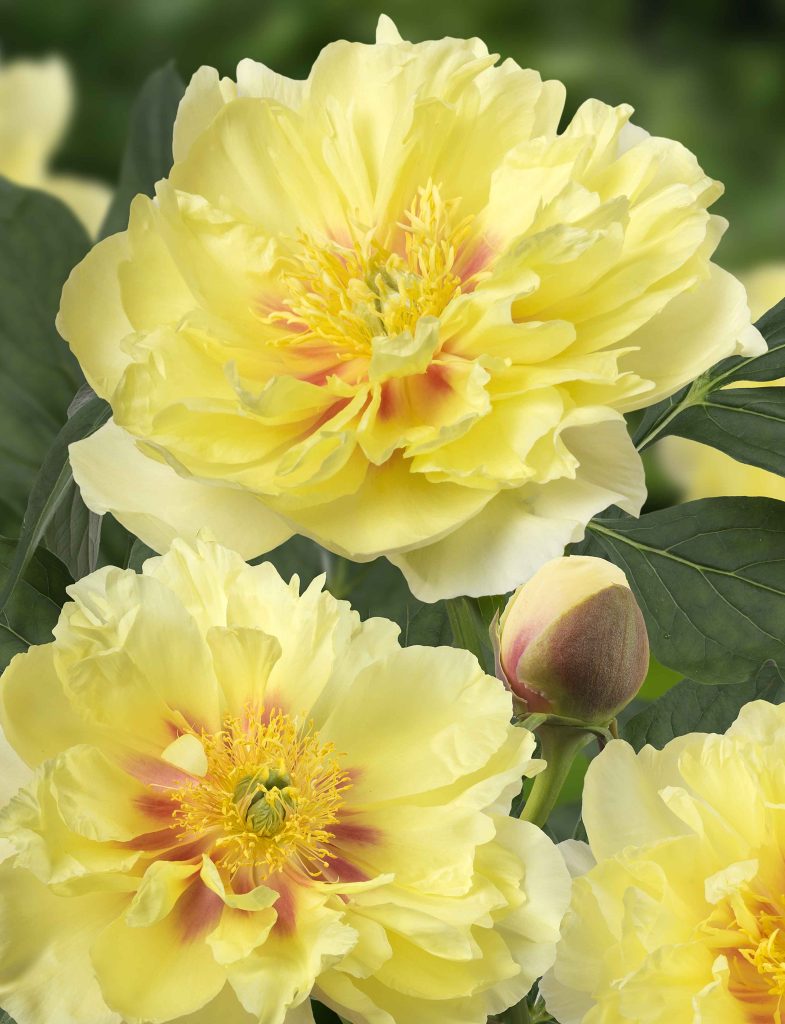
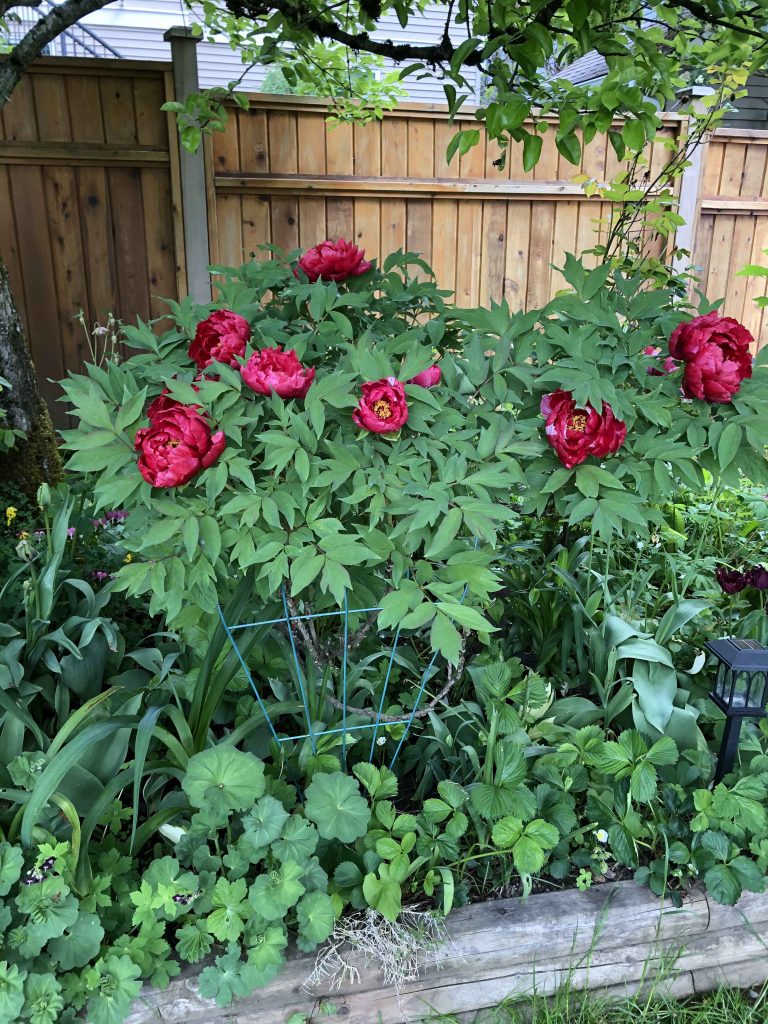
How do I plant a bulb?
Select your location or your container. Plan to grow most spring flowering bulbs in a full to part sun area. Next, amend your soil. Fall planted spring flowering bulbs need to be planted in well-draining soil, otherwise, they will get soft and soggy and become compost in the ground. Now is the time for planting. The general rule when planting tulips, alliums, hyacinths, and narcissus is to plant the bulbs pointy side up.

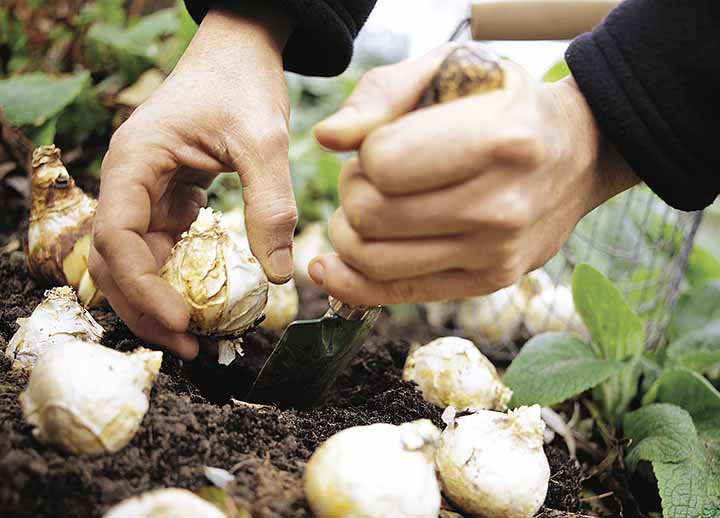

There are a couple of exceptions though. One exception is when you are not able to determine the point side up of a bulb – as it is with anemones, where the corms look like little chunks of dirt. The good news is these bulbs are usually flat so just plant them on their side and the roots will naturally grow down and the stem flowers will grow up out of the soil. The other exception is Crown Imperial (Fritillaria). These bulbs have a hollow space in the middle of the bulb where the growing stem from the previous season emerges. We recommend planting these large bulbs on their side as well so that any water that collects in the center of the bulb can easily drain out. Otherwise through the freeze and thaw cycle in our Canadian winter and spring, the water gathered in the bulb will freeze and expand and crack your bulb.
Next is how far below the soil you place them. All of our packages have the suggested depth to plant your bulbs. If you are in the prairies or northern climates you may want to plant your bulbs a bit deeper. If you are planting in containers, you can plant them more shallow. But the general guideline is if your bulbs are 2.5 cm (1”) tall, plant them 3-5 times deeper. Likewise, if your bulb is 2.5 cm (1”) wide, plant it 8-12 cm (3-5”) from its neighbours. Allow enough space between bulbs, as the bulbs multiply in the ground. To give you more flowers, they will have space and not compete for resources of water and nutrients.
I found some bulbs that should have been planted in the fall, what do I do?
Bulbs need to be planted in the season they are purchased. They are different than seeds, which can be stored for years, and they will still germinate. Bulbs are living organisms and they are dormant when they are available in packages in the garden centre. The longer the bulbs are out of the ground the more moisture they lose and if they get too dried out, they will not be viable. If you come across a bag of bulbs from the fall, check if they are still firm. Plant them right away in containers, give them a good soak, and place them in an area like a garage, greenhouse, or shed, where they can be slightly protected but still experience some weeks of cold. In spring move the containers outdoors to enjoy. Your bulbs may bloom later and be shorter than expected but you will enjoy the beauty. Fall-planted bulbs have an optimal number of weeks of cold at 9C, to bloom at their proper height. Once they have finished flowering and have gone dormant, you can plant the bulbs in the ground and next year they will bloom at the proper height and time.
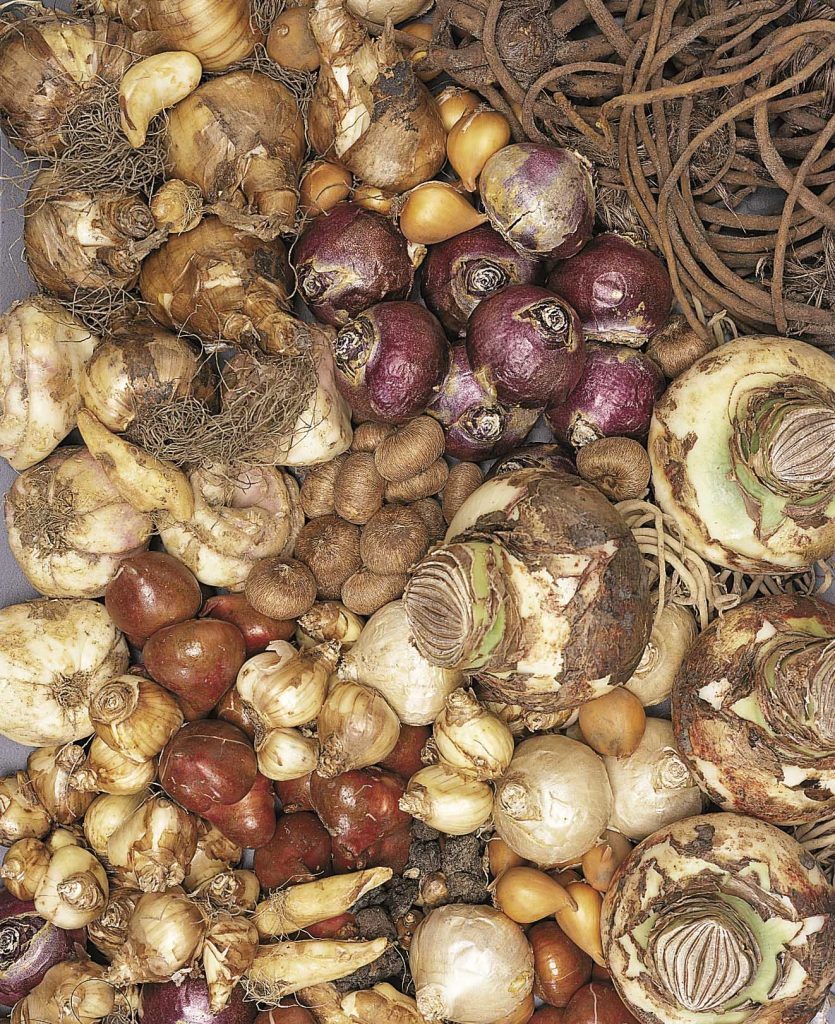
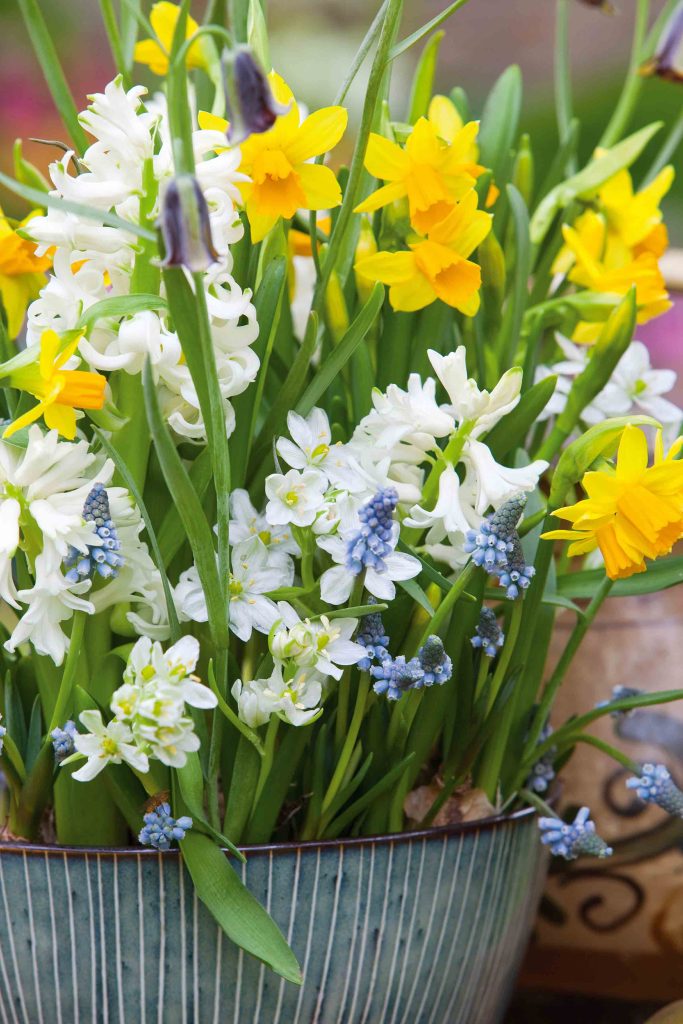
How can I get my amaryllis to bloom again?
Amaryllis produces amazing huge blooms indoors in the wintertime. Many bulbs will grow 2-3 stalks of blooms in the season. The question we often have is what to do once Amaryllis has finished blooming. First, cut the flower stalk back to about 5 cm (2”) above the bulb once the blooms have faded. Allow time for additional stems of blooms to grow and flourish. Do not cut any of the foliage back as the leaves are producing food for the bulbs. Water very modestly and feed monthly with a houseplant fertilizer (follow the manufacturer’s instructions for rates and method of application). In the summer, the foliage will begin to wither. At this point, stop watering and store the bulbs in a cool, but dry and well-ventilated place. This rest period is essential to future blooming. In October, after the rest period, the bulb can be started again. Take the bulb out of the pot and remove any bulblets to be potted up separately. Cut off the dried leaves, carefully clean the roots, repot the bulb using fresh soil, and start watering again. Read our blog on how to care for amaryllis to learn more.
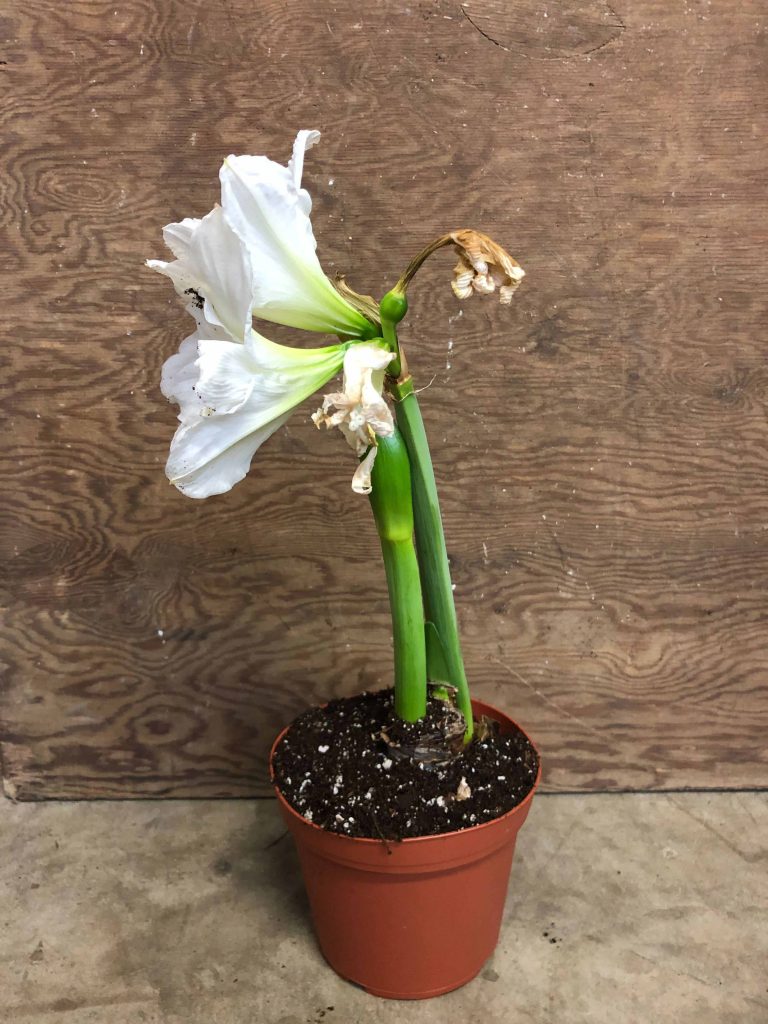
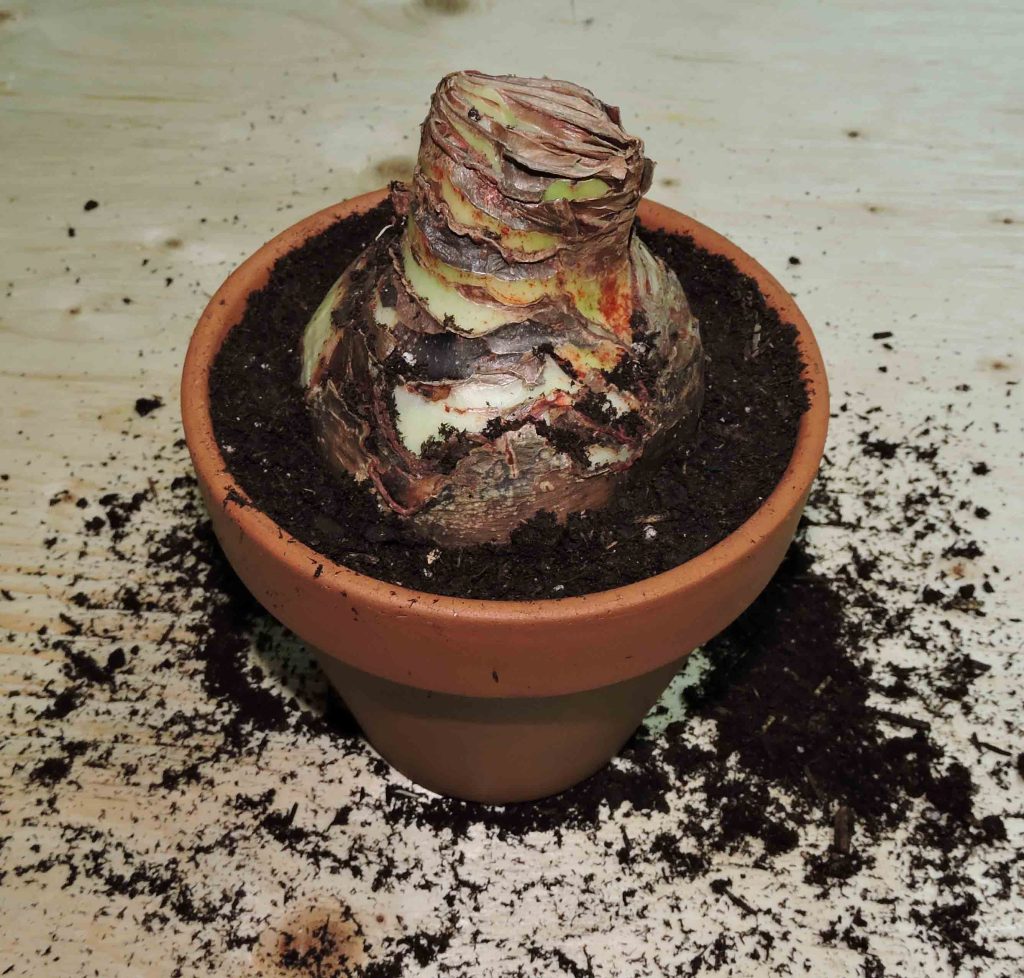
Can I grow roses in containers?
Yes, you can. Many varieties of roses can thrive in large containers, from miniature hybrid tea roses to fragrant David Austin shrubs to short climbing roses. There are many varieties that will love a full-to-part sun area and give you blooms from spring until fall.
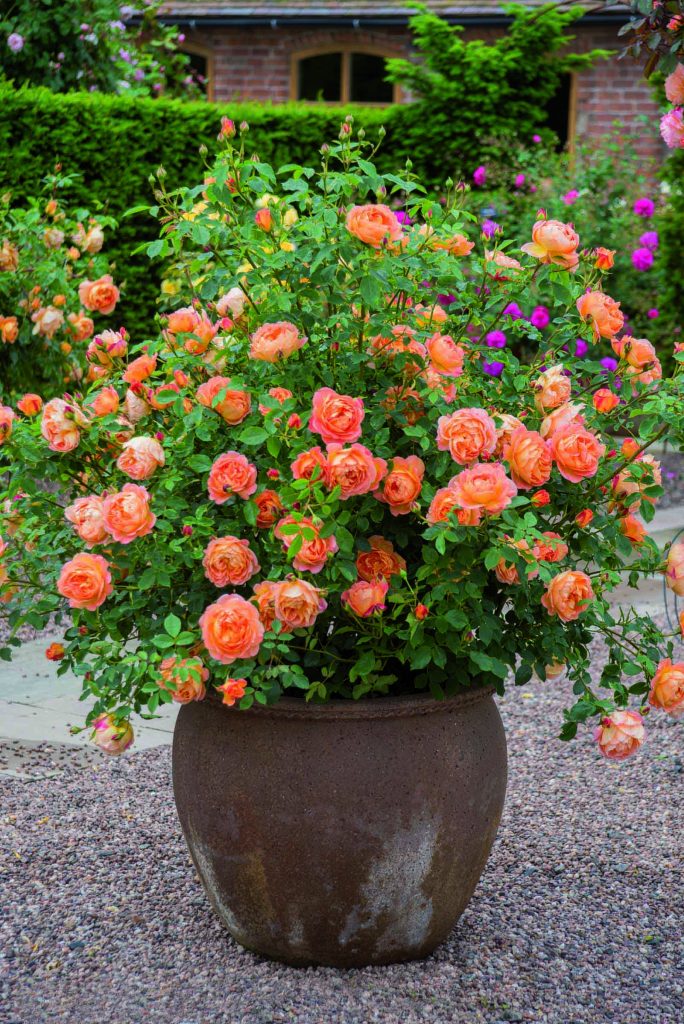
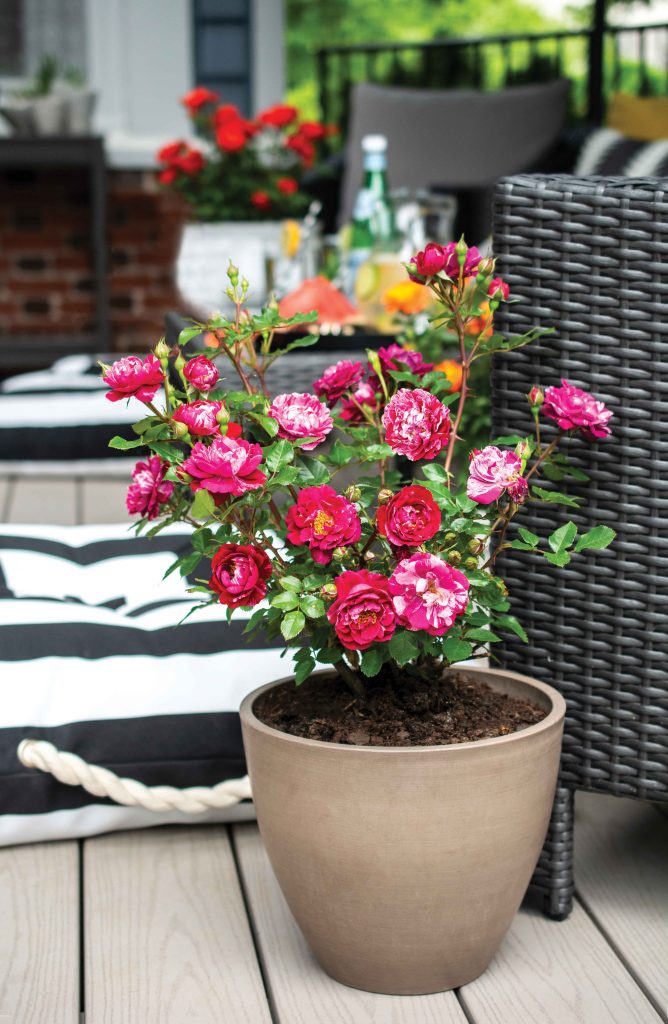
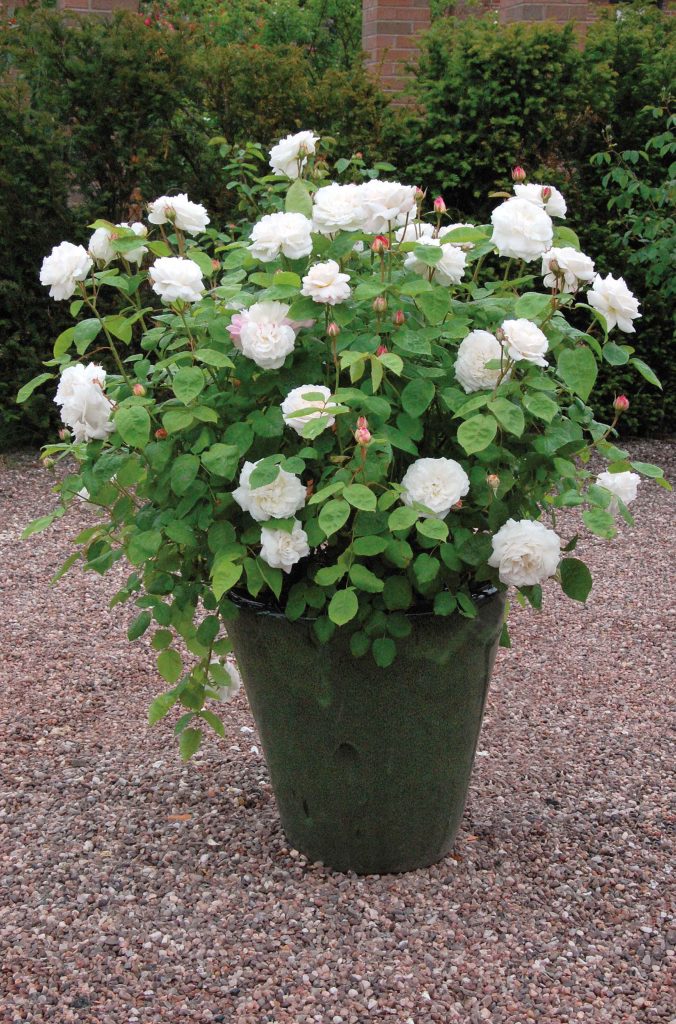
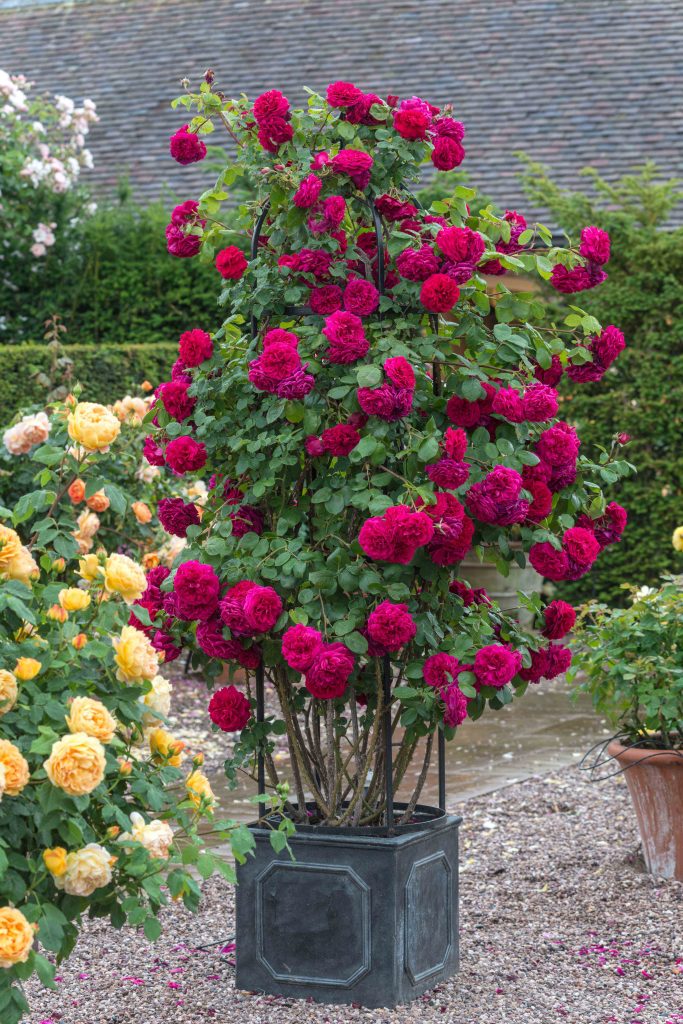
Thank you for inviting Florissa to be a part of your gardening journey. We are always here to answer your gardening questions. Please do not hesitate to keep asking your gardening questions to keep learning!


